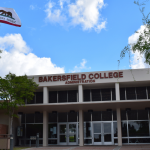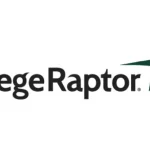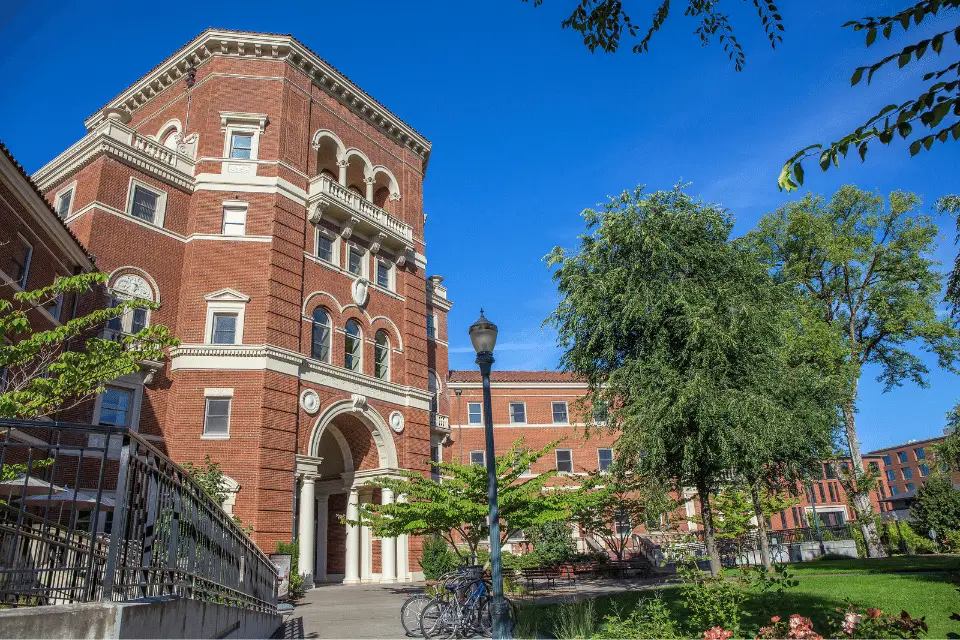In the first part of this blog series, we covered the two key external factors that are creating uncertainty within higher education, largely around enrollment. In this second part, we cover the two internal, institutional pressures that are also driving change. Both of these pressures are impacting how much money institutions have to invest in their programs.
Pressure 3: Declining Institutional Funding and Departmental Budgets
For many public institutions, as enrollment numbers decline, so does the investment flowing to schools. This means fewer dollars for student support. Many colleges are now servicing fewer students, which shrinks institutional budgets. This then impacts the level of service a college can offer its students and the ability to get more students in the door.
- State spending on higher education at two and four-year public colleges nationwide fell $1,220 per student, or 13%, after adjusting for inflation (2008 – 2018)
- Nineteen states cut funding per student by more than 20%, and in six of those states the cut exceeded 30%
The enrollment drops have been the most significant at community colleges. This is a reversal from what typically happens in a recession. For example, during the the 2008-2009 recession community college enrollment grew from 6.4 million in 2007 to 7.6 million in 2010.
Colleges have high fixed costs – buildings, staff salaries, and basic operating expenses. These costs have to be paid, even when enrollment dips. This leaves fewer discretionary dollars to spend on academic initiatives, course programming, and student support.
Pressure 4: Ability for Advisors and Administrators to Drive Impact has Plateaued
A “do more with less” challenge is nothing new to those on the ground working with students. With all hands on deck it’s only more weight on the shoulders of these advisors and administrators to find creative ways to support students. Yet, there are significant capacity limitations at work here: as there are only so many hours in the day to provide student support.
Moreover, student habits have evolved. Email is today’s snail mail. Tools are needed to enable advisors to communicate in a way that is scalable and engaging. Schools have not modernized their communication systems fast enough. The result is missed opportunities to identify at-risk students earlier (whether in the funnel or already enrolled) and the inability to dedicate the time and resources needed to engage and support them.
Navigating the “Institutional Challenges” and the “External Challenges”
The twin “institutional challenges” – funding and limited departmental capacity – are daunting. The expression “do more with less” has been a regular refrain within higher education for much of the past two decades. The current challenges are raising the stakes even higher, as: there is less now than before.
As colleges plan for the next few years, they will be challenged to balance the books in a way that does not jeopardize the long-term health and stability of the institution. They will be balancing the books at a time where both external and internal pressures are converging more than ever before.
So how should colleges respond?
Each college will have to be strategic. Success starts with having “eyes wide-open” about the key forces that are driving change. With this approach, it becomes clear that the business model leveraged up to this point is unlikely to succeed in its current form in the years to come. Fresh thinking is needed, particularly around finding ways of delivering virtual student support that scales advising and fits within limited budgets.
“Doing more with less” will only become a bigger and bigger deal in the years ahead. The time for thoughtful and intentional action is now.

For more information on the 4 Pressures Driving Uncertainty in Higher Education, download our infographic.















